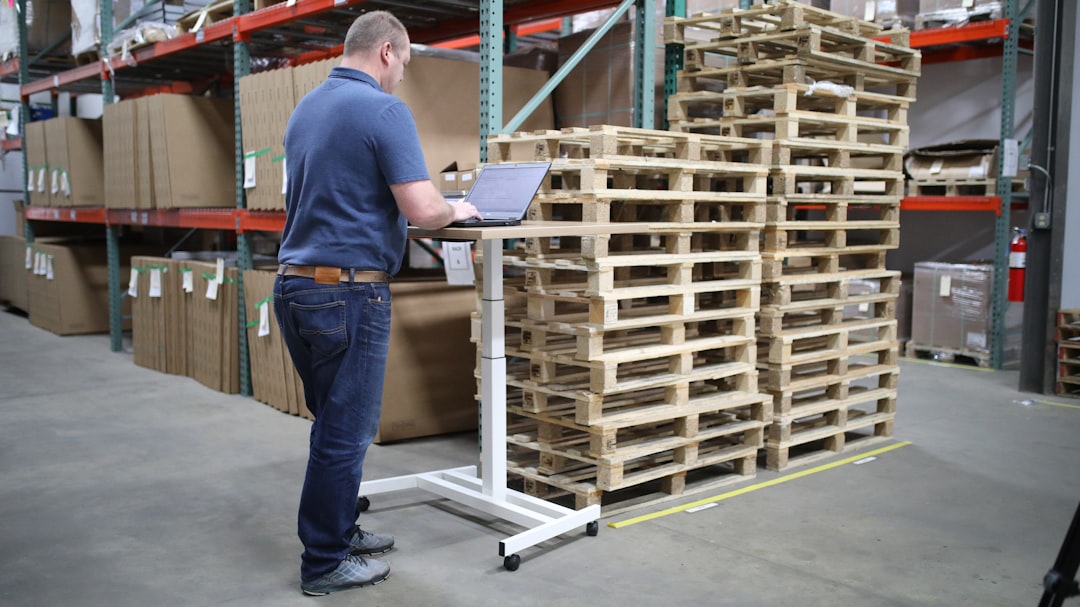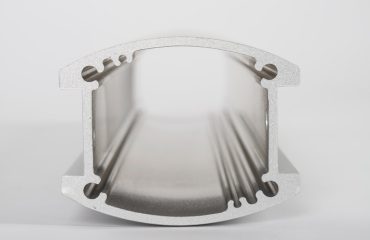The integrity of pipe products is paramount across diverse industries, from oil and gas to water management and construction. A robust quality control system is not just a best practice; it’s a necessity to ensure safety, prevent costly failures, and maintain a strong reputation. This comprehensive guide delves into the critical aspects of pipe product quality control, outlining the processes and technologies that contribute to superior quality and minimized defects.
1. Raw Material Inspection: The Foundation of Quality
The journey to a high-quality pipe begins with the raw materials. Thorough inspection of incoming materials is crucial. This involves verifying the chemical composition of the steel, checking for impurities, and assessing its mechanical properties like tensile strength, yield strength, and elongation. Modern techniques like spectrometer analysis provide accurate and rapid chemical composition determination. Furthermore, visual inspection for surface defects, such as cracks, pitting, or laminations, is essential. Detailed documentation of these inspections, including test results and certificates of compliance, is vital for traceability and accountability throughout the manufacturing process. Any deviation from pre-defined specifications triggers rejection or further investigation, ensuring only suitable materials proceed to the next stage.
2. In-Process Quality Control: Monitoring Every Step
Maintaining consistent quality requires rigorous monitoring throughout the manufacturing process. This includes checks at every critical stage, from the initial forming of the pipe to the final heat treatment. During pipe forming, dimensions are checked using precision measuring instruments to ensure adherence to specified tolerances. Wall thickness, diameter, and straightness are meticulously verified. Non-destructive testing (NDT) methods like ultrasonic testing (UT) and radiographic testing (RT) are employed to detect internal flaws like cracks, inclusions, and porosity that might not be visible on the surface. Regular calibration of testing equipment and adherence to standardized procedures are essential to ensure the accuracy and reliability of these in-process checks. Data logging and analysis help identify trends and potential problems early, enabling timely corrective actions.
3. Heat Treatment and its Crucial Role in Quality Assurance
Heat treatment is a critical process that significantly influences the mechanical properties and overall quality of the pipe. This involves carefully controlled heating and cooling cycles to achieve the desired microstructure and enhance the pipe’s strength, toughness, and ductility. The specific heat treatment parameters depend on the pipe’s intended application and material grade. Quality control in heat treatment includes monitoring the furnace temperature, soak time, and cooling rate using sophisticated sensors and data acquisition systems. Post-heat treatment testing, including hardness testing and tensile testing, verifies that the desired properties have been achieved. Detailed records of heat treatment parameters and test results are meticulously maintained for traceability and compliance with industry standards.
4. Final Product Inspection and Testing: Ensuring Perfection
Before pipes are released for use, they undergo a comprehensive final inspection and testing regime. This includes dimensional checks using calibrated measuring instruments, visual inspection for surface flaws, and hydrostatic testing to assess the pipe’s pressure resistance. Hydrostatic testing involves filling the pipe with water under pressure to simulate real-world operating conditions. Any leakage or deformation indicates a defect. Other NDT methods, such as magnetic particle testing (MT) and liquid penetrant testing (PT), might be employed to detect surface and near-surface flaws. The results of all final inspections and tests are documented and compared against predefined acceptance criteria. Only pipes meeting these criteria are approved for shipment. This final stage is critical for guaranteeing the integrity and reliability of the finished product.
5. Quality Management System (QMS) Implementation and Certification: A Holistic Approach
A robust Quality Management System (QMS) is the backbone of any successful pipe product quality control program. A well-defined QMS encompasses all aspects of the manufacturing process, from raw material procurement to final product delivery. It includes documented procedures, standardized work instructions, and a system for tracking and addressing quality issues. Implementing a QMS based on internationally recognized standards like ISO 9001 demonstrates a commitment to quality and provides assurance to customers. Regular internal audits and management reviews ensure the effectiveness of the QMS and identify areas for improvement. Seeking independent third-party certification further enhances credibility and provides external validation of the company’s commitment to quality.
By implementing comprehensive quality control systems at every stage of the manufacturing process, pipe producers can significantly reduce defects, enhance product reliability, and ensure the safety and integrity of their products. This, in turn, leads to increased customer satisfaction, improved brand reputation, and a competitive advantage in the market.
Tags: pipe quality control, pipe manufacturing, quality assurance, non-destructive testing, ISO 9001




